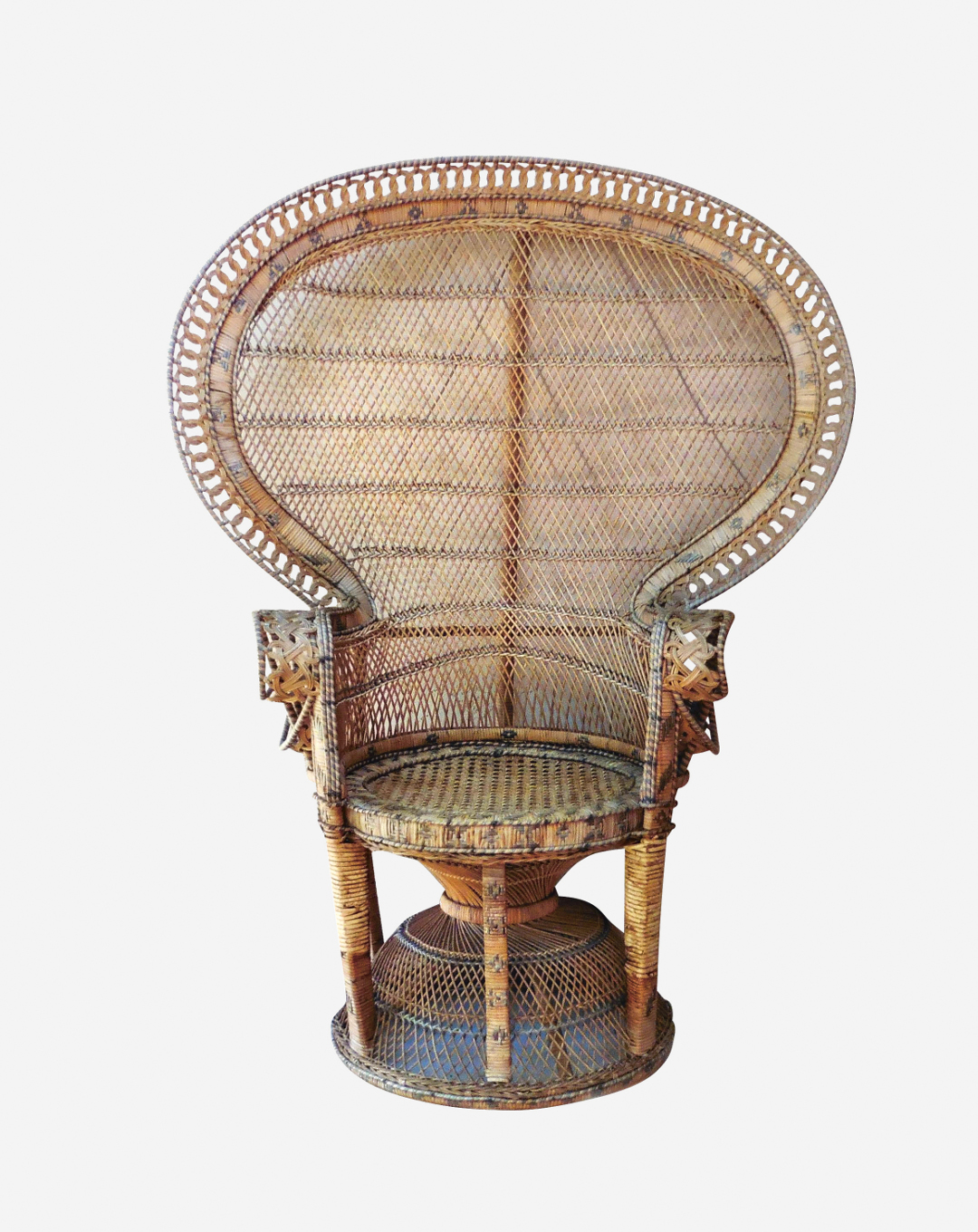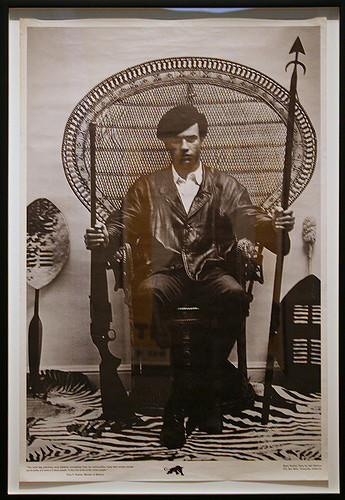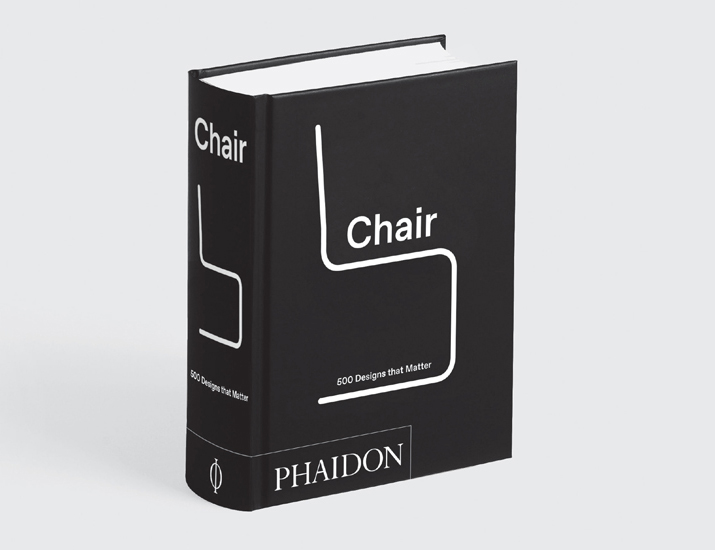
Why the Peacock Chair matters
Discover how this product of colonialism became a 20th century counter-cultural symbol
Chairs aren't only supposed to support us; they also present us, communicating something about the sitter to the wider world, whether he or she is resting on a throne or a church pew.
However, those meanings can change over time, as our new book Chair: 500 Designs that Matter makes clear in its description of one colonial import that later became a symbol of counter-cultural resistance.
"Although the origins of the Peacock Chair have been widely debated, most accounts trace the throne-like chair to Asia," explains the book. "It is likely to have originated in the Philippines, which is why it is often referred to as the Manila or Philippine Chair. One report traces the chair to the Bilibid Prison in Manila, where the incarcerated population was tasked with weaving home furnishings from weeds or rattan."

The chair's ornate, Edwardian stylings and colonial origins were undermined in the mid-20th century, as our book explains, "popularized during the twentieth century in the United States by celebrities and activists, who often chose to pose with the chair during publicity shots."
The best known of these, dating from in 1967, features the Black Panther Party's founder and Minister of Defense, Huey Newton, seated on a Peacock chair, holding a rifle and a spear, flanked by traditional, African shields. Seven years later, in 1974, the chair featured prominently in the popular French pornographic film, Emmanuelle; the film's star Sylvia Kristel posed topless on a Peacock Chair for the film's poster.

Since then this early 20th century chair, once the product of prison labour, has come to symbolise a certain hot-blooded sense of freedom and licensciousness. For more on the Peacock chair and 499 others, order a copy of Chair: 500 Designs that Matter.